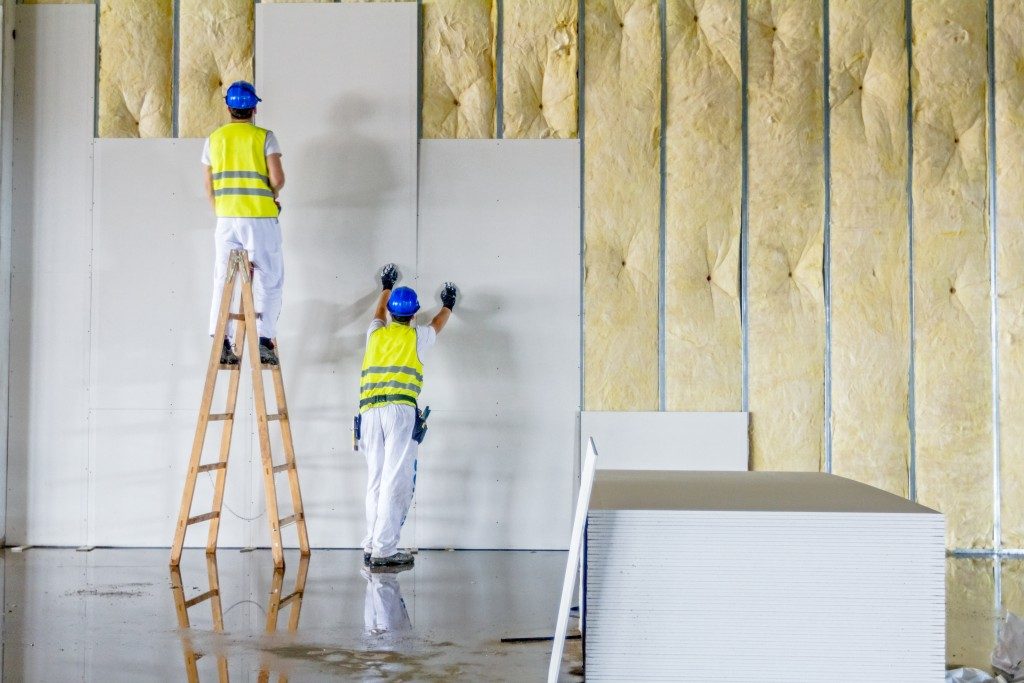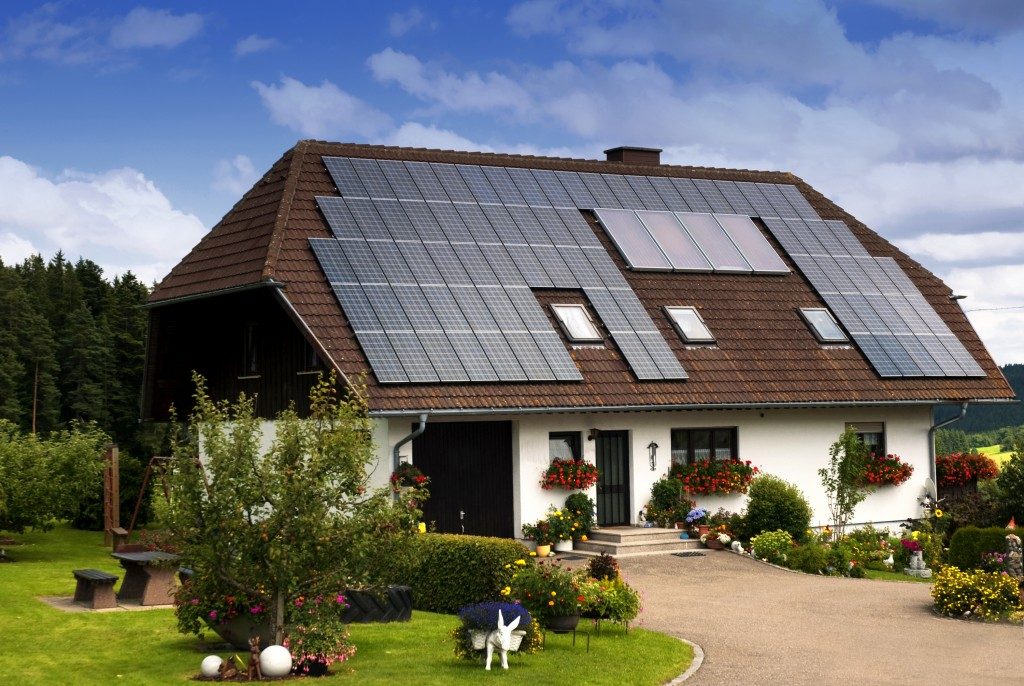Most people relate insulation with a pinkish color. However, there is also green or eco-friendly insulation. Most insulation contractors in Houston are reliable, but it is fine to take part in the selection process. With the new type of environmentally friendly insulation options in the market, you want to sample what is on offer for your building construction or remodel. Ideally, all insulation acts as an energy saver, so technically, that qualifies most options as “green”. Nevertheless, remember that eco-friendliness is a broad term that encompasses factors such as toxicity and production process. In other words, some insulation options are greener than others are.
Cellulose Insulation
Cellulose is one of the most eco-friendly insulation options you can ever install in a home. First, it is manufactured using little energy. Further, it is made from waste newspaper, which would have otherwise ended in the landfills. Indeed, there are calls for more newsprint to be recovered from landfills so we can reduce the amount of carbon dioxide emissions. Insulating using this material is affordable, so it is something you can consider if you are building on a budget. The only drawback is that it does not augur well with humid conditions, something we bet you do not as well.
Cotton Insulation
This insulation is one of the safest and easy to install alternatives. Its main component is usually recycled denim, meaning that you have a highly eco-friendly product. Cotton will also absorb lots of indoor moisture and later promote evaporation, so you will not be complaining about mold growth or water damage. For an extensive area, this option is ideal, although it can be relatively expensive.
Sheep Wool Insulation

Your direction towards green insulation is also sure if you are considering installing the sheep wool variety. The fact that this material is completely safe to handle makes it high ranking when it comes to the installation process. Assuming you have the necessary installation skills and tools, you should not hesitate to install wool. Important to note though is the fact that wool could be either recycled or new. Both options fit the bill for eco-friendliness, but natural wool tends to consume less manufacturing energy. Although natural wool may come with some additives, most of it (not less than 95%) should be natural. Wool has a natural capability of trapping moisture, a factor that can promote temperature regulation in the home.
Spray Foam Insulation
Many new home projects are using Spray Polyurethane Foam Insulation because the material is much improved compared to yesteryears. Superior energy efficiency of the material comes from an excellent R-value. Environmental friendliness in new spray foams has come in the form of bio-based versions. Soy-based insulation is growing in popularity as they have introduced renewability and non-toxicity in the product. The MDI and isocyanates in conventional spray foam are replaced by plant oil, thus minimizing the ozone effects of this solution.
For home insulation, there nothing like one size fits all. The many eco-friendly options are meant to cater to the different needs of homeowners. If unsure which insulation type to pick, ask a contractor to help you consider the advantages and disadvantages of each.

